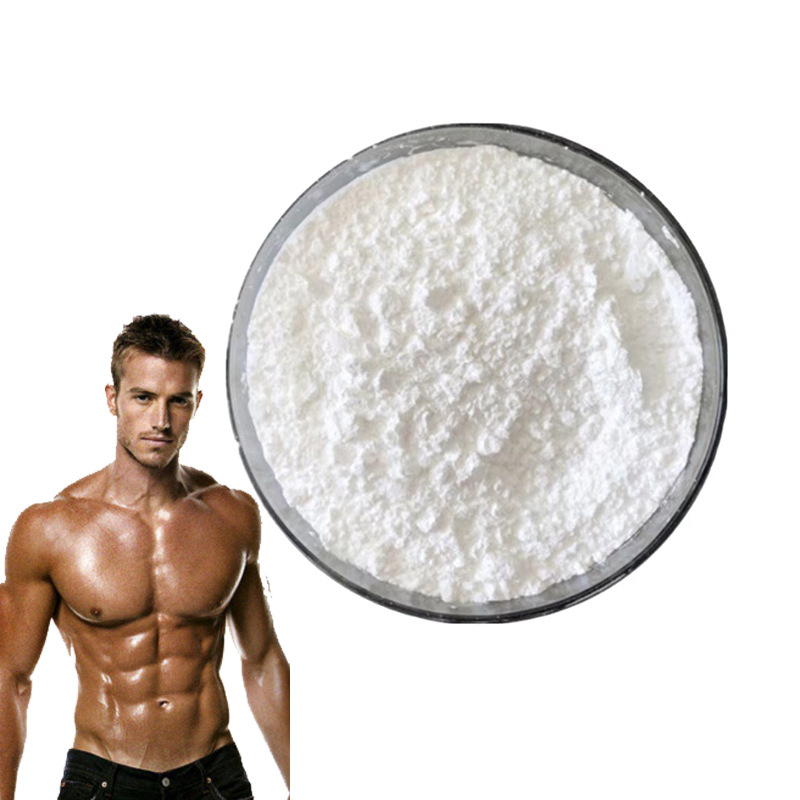What is IGF-1 LR3?
IGF-1, or insulin-like growth factor, is a potent growth factor found in mammalian blood. This peptide manages and regulates growth hormone (GH) levels. IGF-1 LR3 is the abbreviated form of IGF-1, which some researchers consider to be the most potent growth factor.
IGF-1 LR3 is a chemically altered amino acid chain of 83 amino acids. At position 3 on the chain, Glu(E) is replaced by Arg(R), resulting in the name LR3. This substitution at position 3 prevents IGF-1 from binding to proteins, thereby extending its half-life.
Possible Applications of IGF-1 LR3
Insulin-like growth factors have been extensively studied and tested clinically. Below we will highlight some potential future research implications of IGF-1 LR3, known as IGF-binding protein.

Possible Promotion of Cell Division
Like IGF-1, IGF-1 LR3 is a potential potent stimulator of cell proliferation and division. Its main potential effects are thought to be on connective tissues such as muscle and bone. But it may also promote cell division in kidney, liver, skin, nerve, lung, and blood tissue.
Of note, studies have shown that IGF-1 LR3 and all IGF-1 derivatives do not promote cell enlargement, but rather promote cell division and proliferation.For example, in the case of muscle potential, IGF-1 LR3 may not cause muscle cell growth and enlargement, but may increase the total number of muscle cells.
This property of IGF-1 LR3 requires further study.
Potential to Promote Fat Metabolism and Fight Diabetes
IGF-1 LR3 is thought to help lower blood sugar levels. It may also indirectly promote fat metabolism by binding to insulin and IGF 1R receptors. These effects may increase glucose uptake from the blood by muscle, liver, and nerve cells.
According to a 2013 study, this may lead to an overall decrease in blood sugar levels, which in turn may trigger fat tissue and the liver to begin breaking down glycogen and triglycerides. This may result in a net decrease in fat tissue and net energy expenditure.
This makes IGF-1 LR3 a derivative of insulin-like growth factor and a potential treatment for reducing insulin requirements in patients with type 2 diabetes.
Despite these health benefits, this research chemical still needs to undergo more in-depth and large-scale clinical trials.
May Impair Myostatin
Myostatin (also known as growth differentiation factor 8) is a muscle protein that primarily inhibits the growth and differentiation of muscle cells.
In a mouse model of DMD, the study found that IGF-1 R3 and other IGF-1 derivatives were able to counteract the negative effects of myostatin, thereby protecting muscle cells and preventing apoptosis. It appears to counteract myostatin by activating a muscle protein called MyoD.
How does IGF-1 LR3 work?
Research suggests that IGF-1 LR3 works by potentially binding to cell receptors in muscle cells and activating cell communication, which may help improve muscle growth and the rate at which muscles grow.
IGF-1 LR3 may also block the entry of glucose into cells. This may aid in fat burning and the use of fat for energy.
Safety and Side Effects
Hypoglycemia was a serious and potentially fatal side effect of IGF-1 LR3 in study subjects. Hypoglycemia is a dangerously low blood sugar level that can cause shaking, sweating, dizziness, hunger, confusion, and unconsciousness.
FAQs
What is the difference between IGF-1 and IGF-1 LR3?
IGF-1 differs from IGF-1 LR3 in that the latter has arginine instead of glutamate at the third point in the amino acid sequence.It is also more potent and lasts longer. IGF-1 LR3 peptides can also inhibit the entry of glucose into cells to promote fat burning.
Finally, IGF-1 LR3 does not stick to the IGF binding protein in a similar way to IGF-1. As a result, the modified version has been found to stay in the blood longer than IGF-1.
What is the difference between the mediator and receptor grades of IGF-1 LR3?
For IGF-1 LR3, the terms "media grade" and "receptor grade" refer to different qualities or purity of the peptide. Here is a breakdown of the differences:
Media Grade IGF-1 LR3:
Media grade IGF-1 LR3 refers to a less pure peptide that is often used in laboratory research and cell culture studies. It is primarily used as an additive in cell culture media to provide growth factors to support cell growth and proliferation. Media grade IGF-1 LR3 may contain impurities and is not suitable for human use.
Receptor Grade IGF-1 LR3: Receptor grade IGF-1 LR3, also known as pharmaceutical grade or research grade, refers to a highly pure peptide that meets strict quality standards. It is often used in research settings, preclinical studies, and sometimes clinical trials. Receptor grade IGF-1 LR3 undergoes a more rigorous purification process to remove impurities and ensure higher quality and consistency.
What is the half-life of IGF-1 LR3?
Research shows that IGF-1 has a very short half-life, so it is destroyed very quickly. This is the main reason why IGF-1 was engineered to produce an amino acid analog with a longer half-life, IGF-1 LR3.
The half-life of IGF-1 LR3 is approximately 20 – 30 hours.















